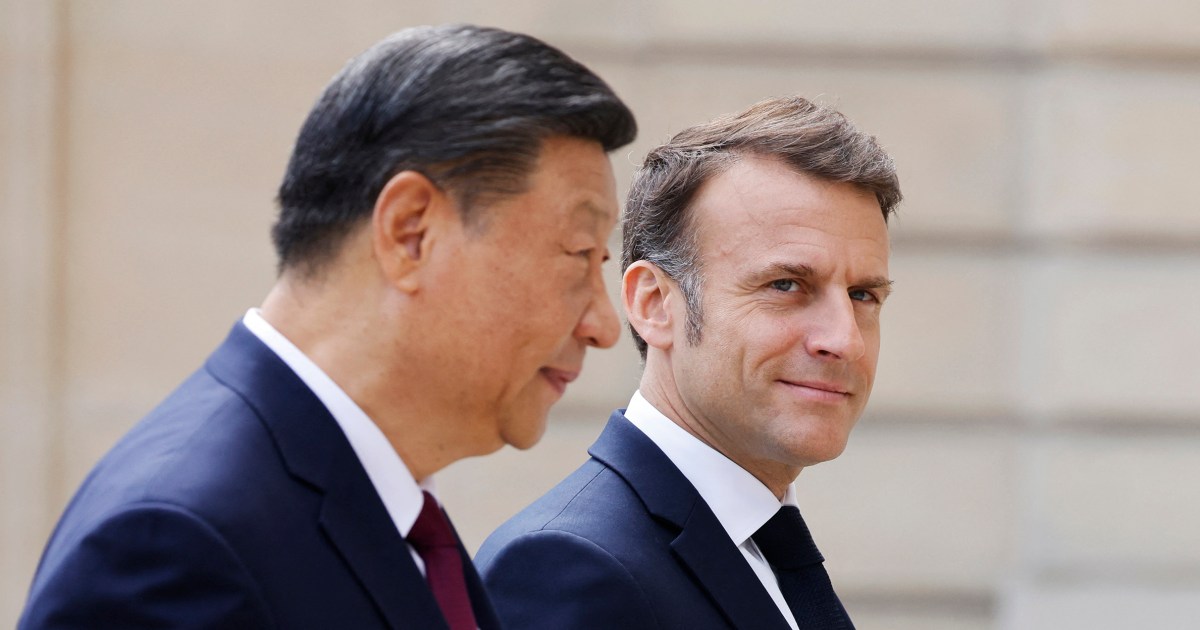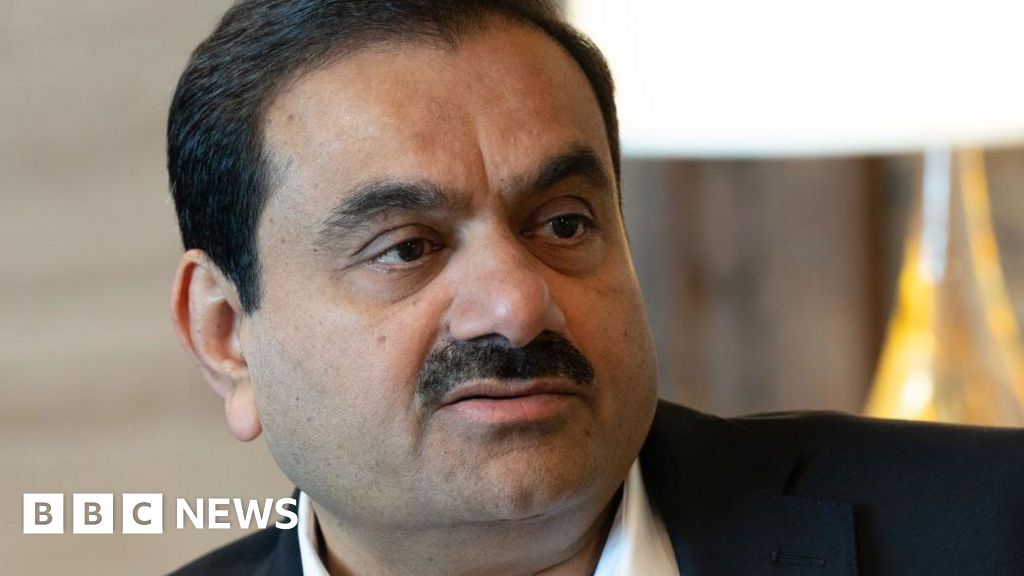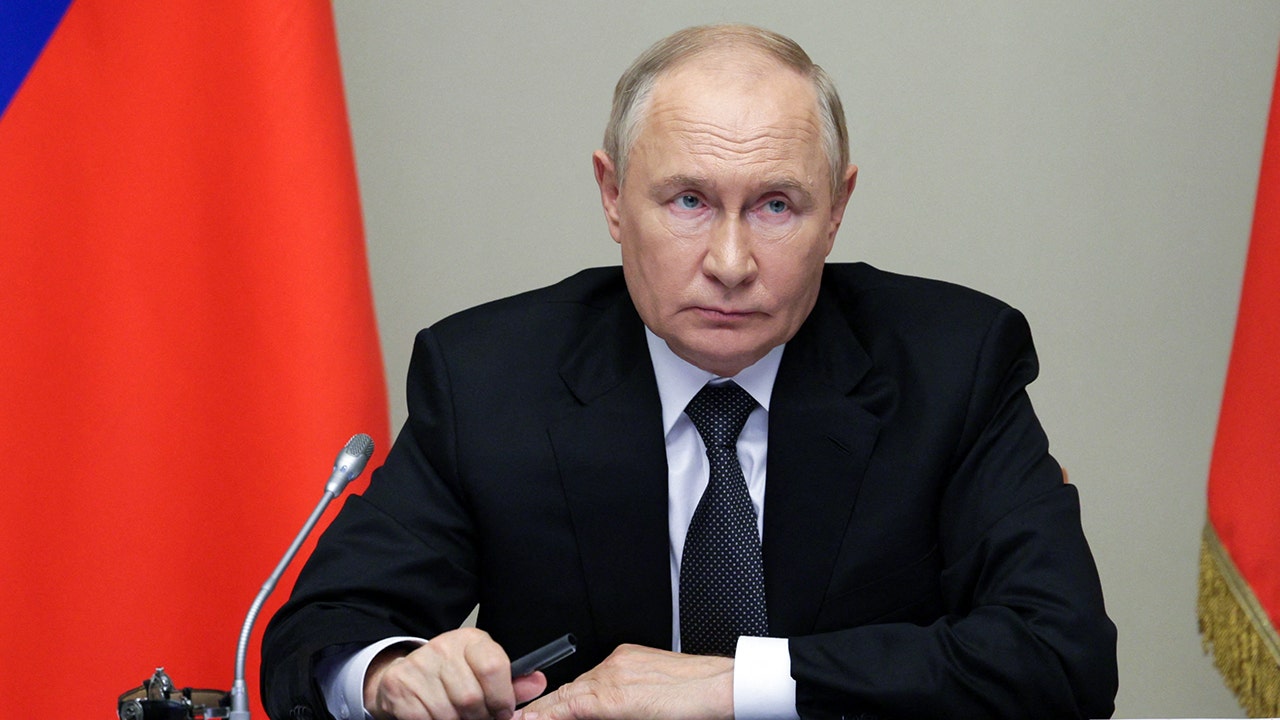Bussiness
US consumer prices rise 0.2% in Aug, underlying inflation shows stickiness

The labour is cooling amid a significant moderation in hiring, reducing the risks of inflation reigniting. | Photo: Bloomberg
U.S. consumer prices rose slightly in August, but underlying inflation remained sticky amid higher rents and costs for some services, which could discourage the Federal Reserve from delivering a half-point interest rate cut next week.
The mixed inflation report from the Labor Department on Wednesday followed data last week showing the labor market still cooling in an orderly fashion in August, with the unemployment rate retreating from near a three-year high touched in July.
Financial markets boosted the chances of a quarter-point rate cut next Wednesday on the inflation data and sharply lowered the probabilities of a 50 basis points reduction.
“The road to normal inflation hit a bump in August as lingering pressures for housing and service costs once again cropped up,” said Ben Ayers, senior economist at Nationwide.
“This should clinch a smaller, 25 basis points rate cut from the Fed next week as Fed officials remain wary to feed any lingering price momentum for the economy.”
The consumer price index increased 0.2 per cent last month after rising by a similar margin in July, the Labor Department’s Bureau of Labor Statistics said.
Food prices edged up 0.1 per cent after climbing 0.2 per cent in each of the past two months. Grocery food prices were unchanged as increases in the costs of meats, fish, eggs and dairy products were offset by decreases in the prices of nonalcoholic beverages, fruits and vegetables.
The cost of energy products dropped 0.8 per cent after being unchanged in July. Gasoline prices fell 0.6 per cent, while electricity was 0.7 per cent cheaper and natural gas prices declined 1.9 per cent.
In the 12 months through August, the CPI advanced 2.5 per cent. That was the smallest year-on-year rise since February 2021 and followed a 2.9 per cent increase in July.
Economists polled by Reuters had forecast the CPI gaining 0.2 per cent and rising 2.6 per cent year-on-year. Though inflation remains above the U.S. central bank’s 2 per cent target, it has slowed considerably, allowing policymakers to focus more on the labor market in their quest to sustain the economic expansion.
Government data last week showed nonfarm payrolls increasing below expectations in August but the unemployment rate falling to 4.2 per cent from near a three-year high of 4.3 per cent in July. The labor is cooling amid a significant moderation in hiring, reducing the risks of inflation reigniting.
HIGHER RENTS
Financial markets saw a roughly 15 per cent probability of a 50 basis points rate cut at the Fed’s Sept. 17-18 policy meeting, down from 29 per cent before the CPI data was published, according to CME Group’s FedWatch Tool. The odds of a quarter-point rate reduction were around 85 per cent, up from 71 per cent earlier.
The central bank has maintained its benchmark overnight interest rate in the current 5.25 per cent-5.50 per cent range for a year, having raised it by 525 basis points in 2022 and 2023.
The dollar rose against a basket of currencies. U.S. Treasury prices fell.
Annual consumer price growth has slowed considerably from a peak of 9.1 per cent in June 2022 as higher borrowing costs curb demand.
Excluding the volatile food and energy components, the CPI climbed 0.3 per cent in August after rising 0.2 per cent in July. The so-called core CPI, seen as a measure of underlying inflation was boosted by a rise of 0.5 per cent in shelter, which include rents and hotel and motel accommodation.
Owners’ equivalent rent, a measure of the amount homeowners would pay to rent or would earn from renting their property, rose 0.5 per cent after advancing 0.4 per cent in July. The cost of hotel and motel rooms surged 1.8 per cent after rising 0.2 per cent.
Shelter costs offset a 1.0 per cent decline in used cars and trucks prices as well moderate declines in the costs of household furnishings and operations, healthcare, communication, recreation and personal care.
(Only the headline and picture of this report may have been reworked by the Business Standard staff; the rest of the content is auto-generated from a syndicated feed.)
First Published: Sep 11 2024 | 7:28 PM IST









